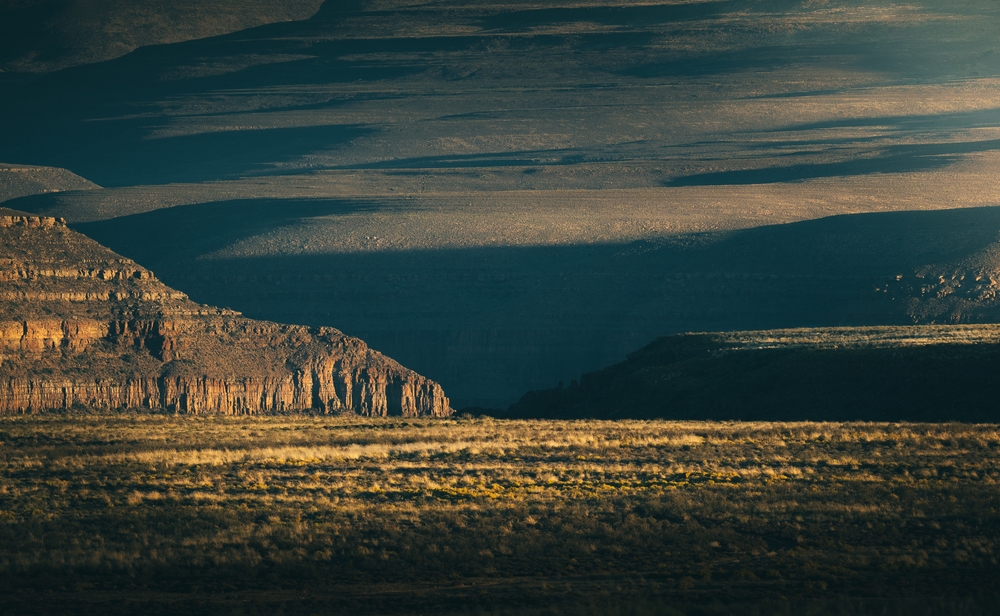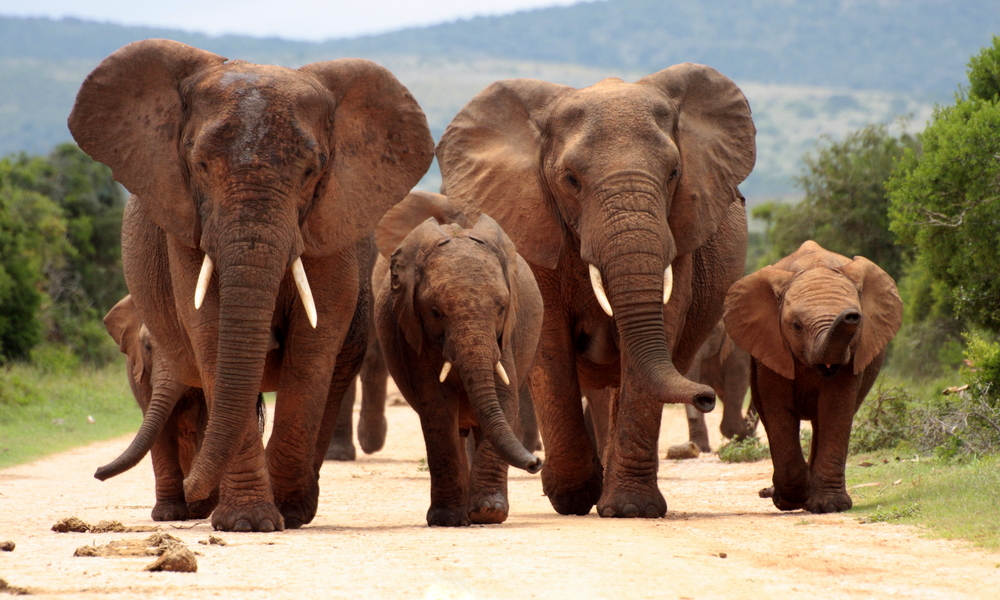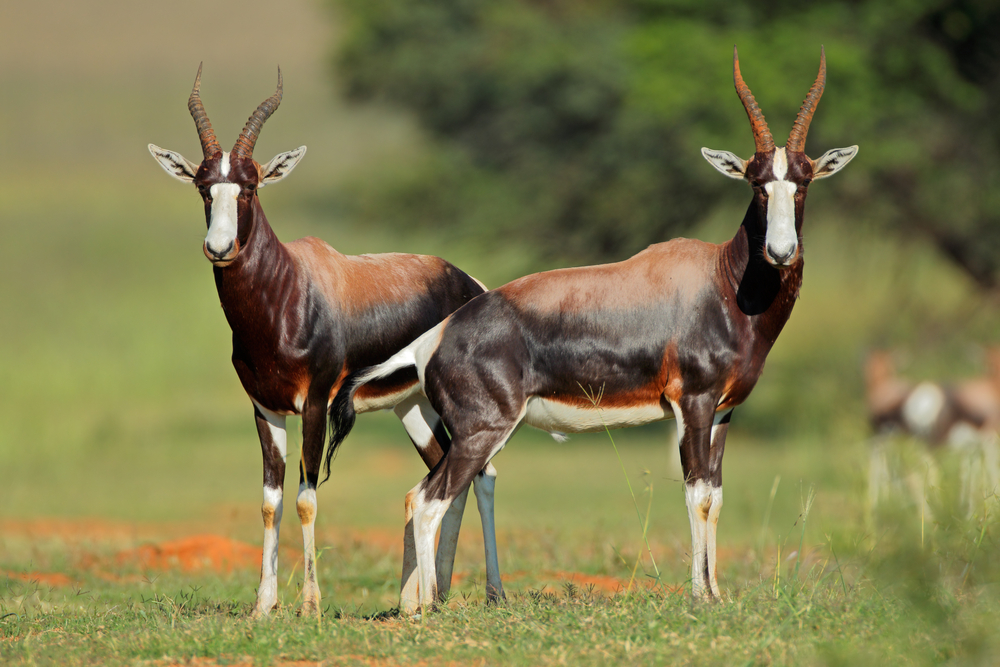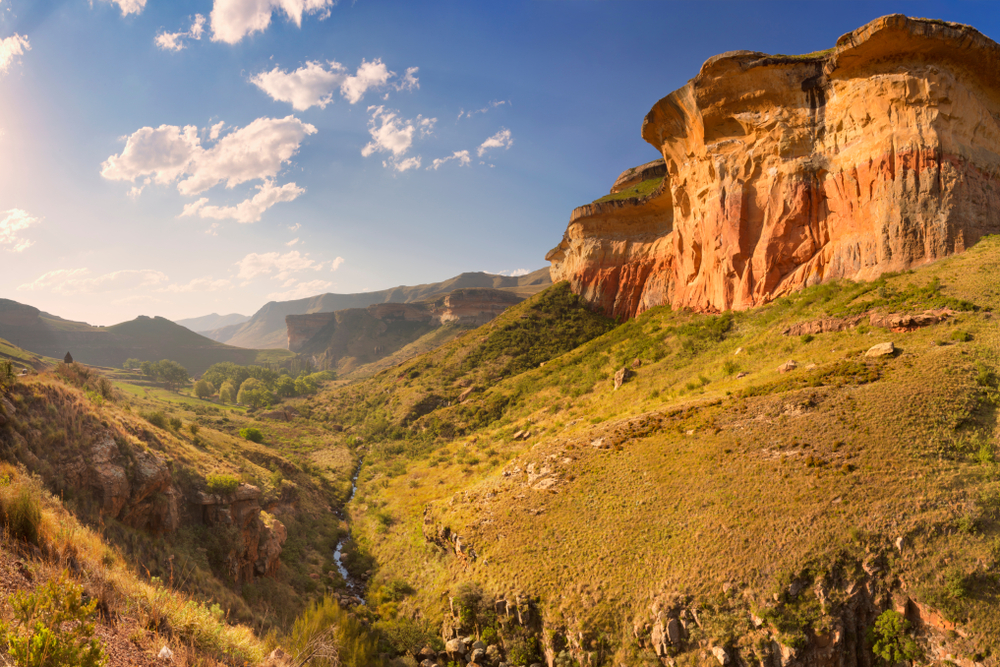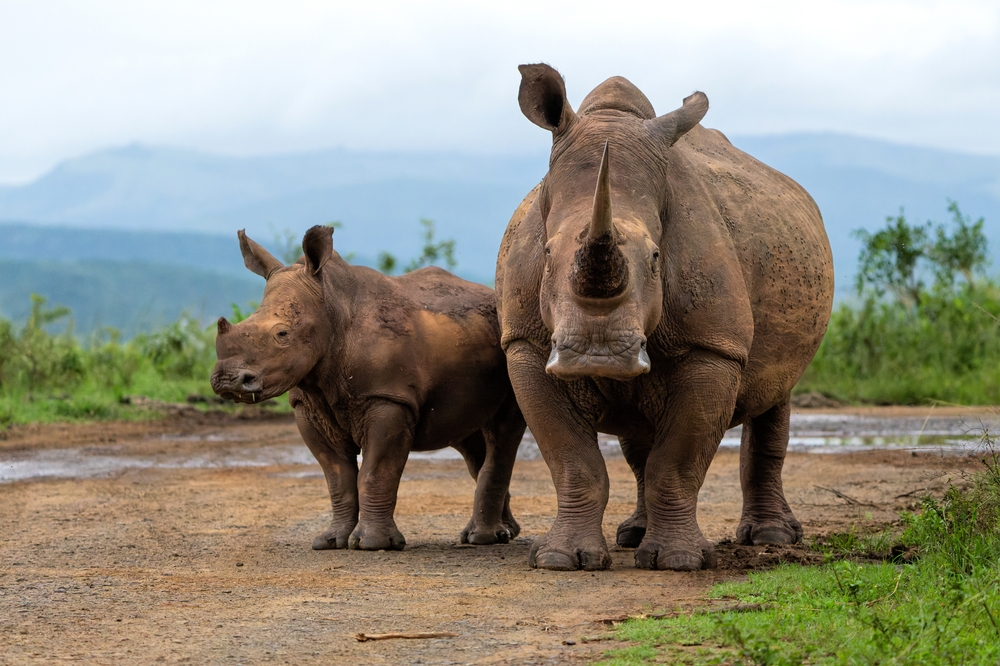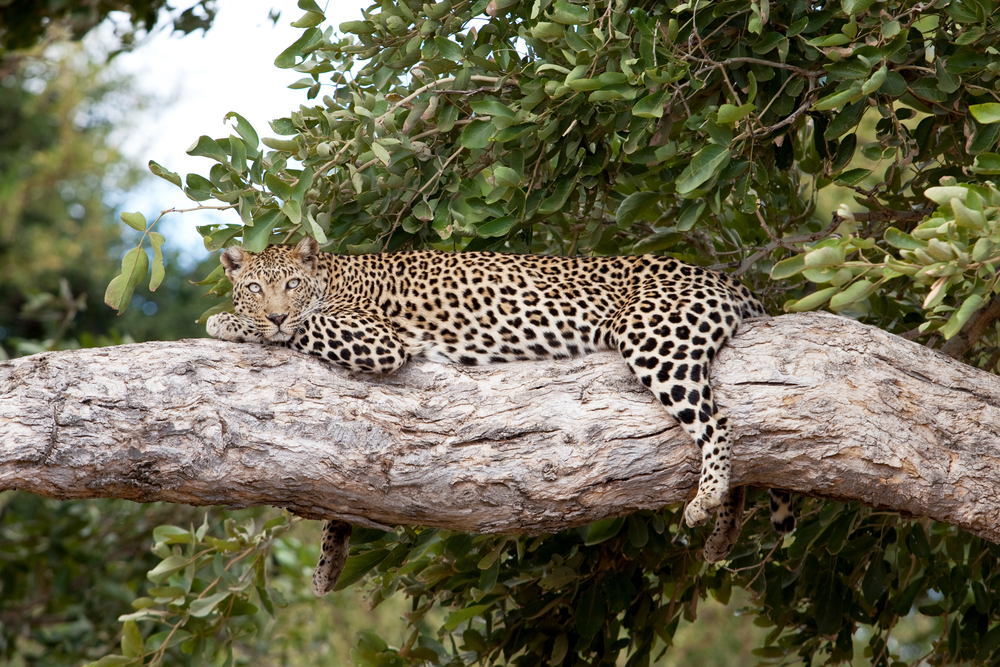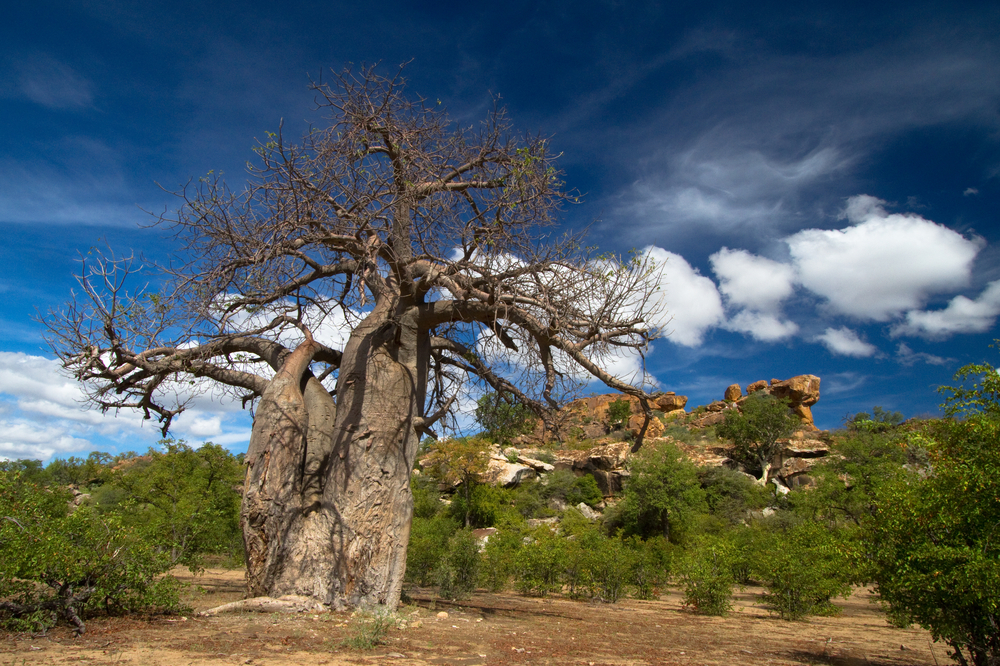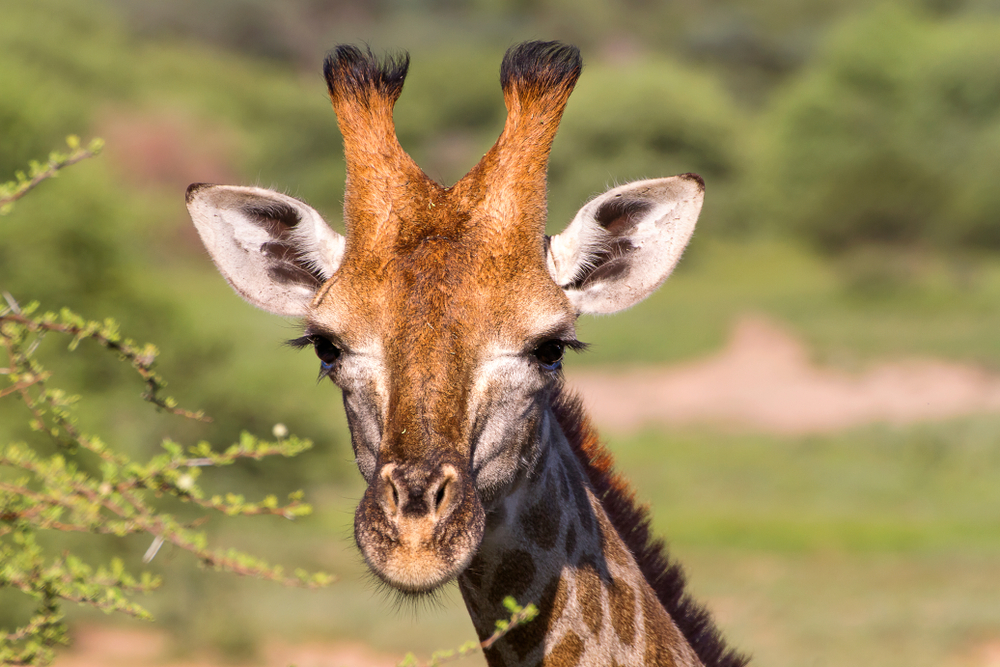Tankwa Karoo Overview
Tankwa Karoo National Park, known locally as “Tankwa Karoo Nasionale Park”, is a remote and captivating conservation area located in the Northern Cape Province of South Africa. Established in 1986, the park covers approximately 1,463 square kilometers (565 square miles) and is a pristine example of the stark beauty of the Karoo region. Nestled between the Roggeveld Escarpment and the Cederberg Mountains, Tankwa Karoo National Park offers a unique combination of rugged landscapes, diverse flora, and unspoiled tranquility.
The terrain of Tankwa Karoo National Park is characterized by vast plains, dramatic mountain ranges, and dry riverbeds. The area’s semi-arid climate, with scorching summers and chilly winters, shapes its rugged environment. The park is part of the Succulent Karoo biome, a biodiversity hotspot known for its rich variety of drought-adapted plant species. During the spring months, the arid landscape is transformed into a colorful tapestry of wildflowers, creating a breathtaking seasonal spectacle.
Tankwa Karoo is home to a surprising diversity of wildlife, despite its seemingly inhospitable environment. Mammals such as gemsbok, springbok, and Cape mountain zebras roam the plains, while smaller species like bat-eared foxes and aardwolves are also present. Birdlife is exceptional, with over 180 species recorded, including the black harrier, Ludwig’s bustard, and Karoo lark. Reptiles and invertebrates, such as geckos and scorpions, thrive in this harsh terrain, showcasing remarkable adaptations to the environment.
Visitors to Tankwa Karoo National Park can explore its unique beauty through a range of activities. Scenic drives offer stunning views of the landscape, with well-maintained routes leading to various viewpoints. Hiking trails provide opportunities to experience the park’s flora and fauna up close, while birdwatching is particularly rewarding, especially for spotting endemic species. Stargazing is a highlight, as the park’s remote location ensures some of the clearest night skies in South Africa. For those seeking solitude, rustic accommodation options, including self-catering cottages and campsites, provide an immersive wilderness experience.
Despite its pristine condition, Tankwa Karoo National Park faces challenges such as habitat degradation, climate change, and the impacts of human activity on surrounding areas. Conservation efforts by South African National Parks (SANParks) include habitat restoration, invasive plant removal, and research into sustainable land management practices. Public education initiatives and eco-tourism play vital roles in promoting awareness and ensuring the park’s long-term protection.
Tankwa Karoo National Park is a serene escape into one of South Africa’s most distinctive landscapes. Its stark beauty, unique biodiversity, and opportunities for quiet reflection make it a haven for nature lovers and adventurers. By protecting Tankwa Karoo, South Africa preserves an essential part of its natural heritage and reinforces its commitment to conserving fragile ecosystems.








































































